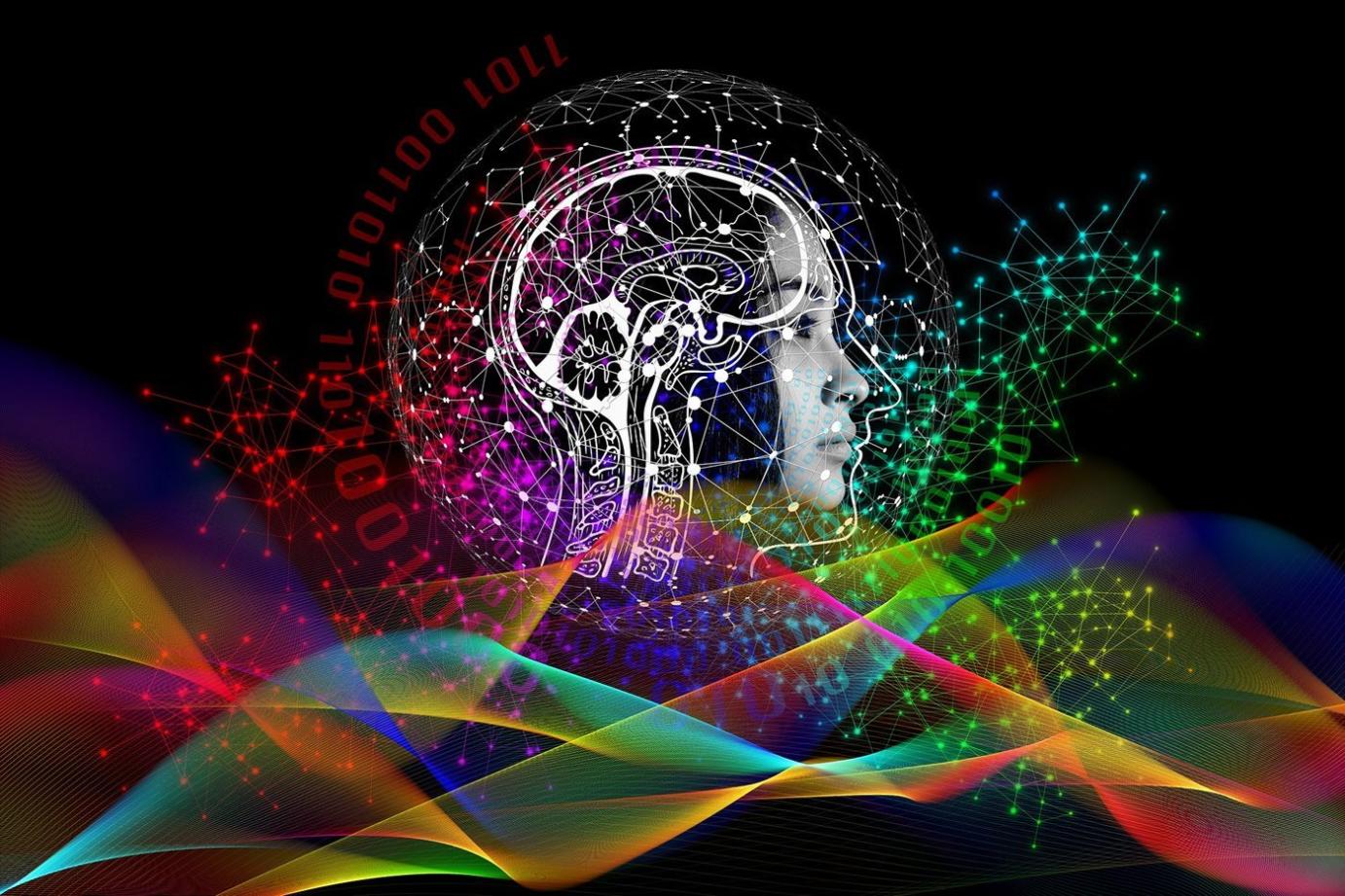How Does Our Brain Process Information?
Our brain is the most complex organ in our body, and it is responsible for controlling everything from our thoughts and emotions to our movements and bodily functions. Understanding how our brain processes information is essential for comprehending human cognition and behavior.

Structure And Function Of The Brain
The brain is divided into several major areas, each with its own specific functions. The cerebrum, which is the largest part of the brain, is responsible for higher-order cognitive functions such as perception, thought, and language. The cerebellum is responsible for coordination and balance, while the brainstem controls basic life functions such as breathing and heart rate.
Neurons are specialized cells that transmit information through electrical and chemical signals. Synapses are junctions between neurons where information is transmitted from one neuron to another. These neurons and synapses work together to process information and control our thoughts, emotions, and actions.
Sensory Processing
Sensory processing is the process by which our brain receives and interprets information from our senses. Sensory receptors receive stimuli from the environment and convert them into electrical signals. These signals are then transmitted to specific areas of the brain, where they are processed and interpreted, allowing us to perceive the world around us.

There are five main senses: vision, hearing, touch, smell, and taste. Each sense has its own unique sensory receptors and pathways that transmit information to the brain. For example, light signals are converted into electrical signals by the retina in the eye, which are then transmitted to the visual cortex in the brain, where they are processed and interpreted as images.
Attention And Perception
Attention is the ability to select and focus on relevant information while ignoring distractions. Perception is the process of interpreting and organizing sensory information to create a meaningful representation of the world around us.

Attention and perception are closely linked. Attention helps us to focus on specific stimuli, while perception helps us to interpret and understand those stimuli. For example, when we look at a picture, our attention may be drawn to a particular object in the picture, such as a person's face. Our perception then helps us to interpret that object and recognize it as a person.
Memory And Learning
Memory is the ability to store and retrieve information. Learning is the process of acquiring new information and skills. Memory and learning are essential for our ability to function in the world. They allow us to remember important information, such as our names and addresses, and to learn new skills, such as how to drive a car or play a musical instrument.
There are two main types of memory: short-term memory and long-term memory. Short-term memory stores information for a brief period of time, while long-term memory stores information over a long period of time. Learning involves the process of encoding information into memory, storing it in memory, and retrieving it from memory when needed.
Decision-Making And Problem-Solving
Decision-making is the process of evaluating options and making choices. Problem-solving is the process of identifying problems and finding solutions. Decision-making and problem-solving are essential for our ability to navigate the world around us.
Decision-making involves weighing the pros and cons of different options and assessing the potential risks and rewards of each choice. Problem-solving involves identifying the problem, generating potential solutions, and evaluating the feasibility and effectiveness of each solution.
The brain is an incredibly complex organ that is responsible for controlling everything from our thoughts and emotions to our movements and bodily functions. Understanding how our brain processes information is essential for comprehending human cognition and behavior. By studying the brain, we can learn more about how we think, feel, and act, and we can develop new treatments for neurological disorders.
YesNo

Leave a Reply